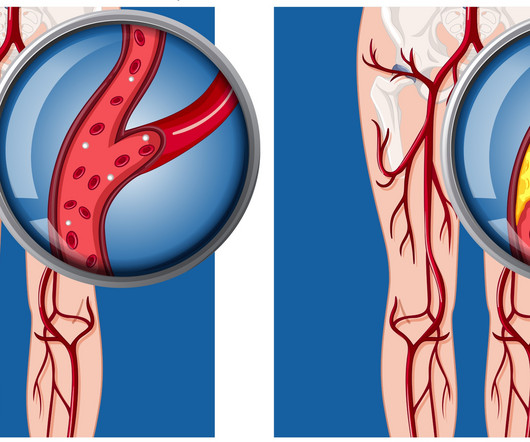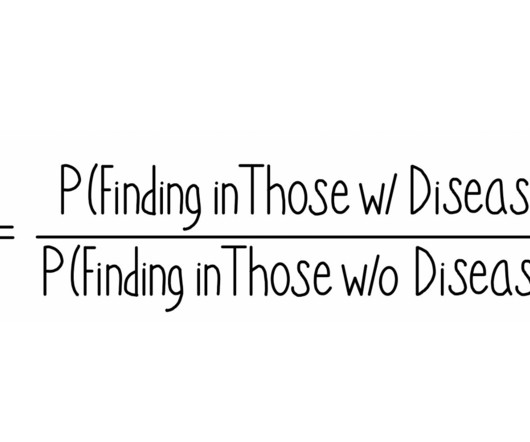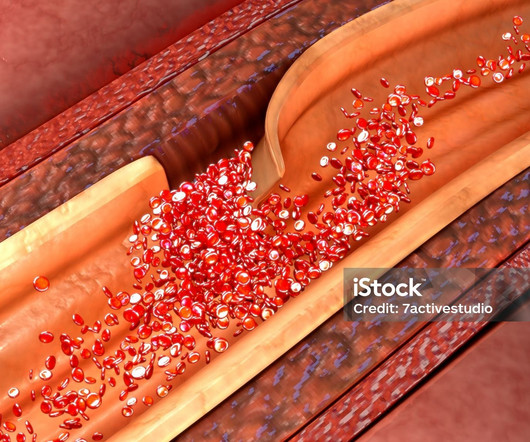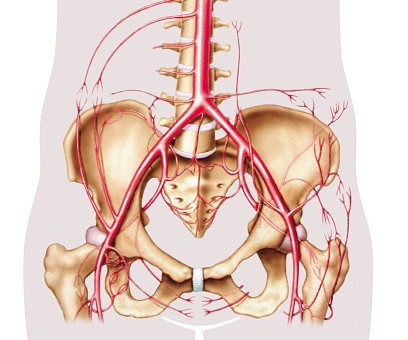Lower Extremity Bypass for Peripheral Artery Disease – Indications and What to Expect
Vascular Physician
DECEMBER 2, 2020
Other more complicated cases may require open interventions such as endarterectomy and/or bypass. While bypass surgery is a "real" operation, in many cases it can solve the patients problem for many years or forever, compared to angioplasty and stenting which may need to be repeated frequently to keep the blood flow open.















Let's personalize your content